Perioperative hypothermia and hip fracture surgery: a retrospective cohort study
ABSTRACT NUMBER: NESS PRIZE FOR JUNIOR TRAINEES (BELOW ST3)_3
MAIN ABSTRACT TEXT
Introduction
Perioperative hypothermia regularly occurs in hip fracture care despite routine active warming. Few studies have focussed on hypothermia rates in hip fracture surgery, instead, principles from general surgery papers are applied.
Methods
We performed a retrospective cohort study investigating patient body temperature pre, intra and postoperatively for hip fracture patients undergoing surgery. The primary outcome was the incidence of hypothermia (<36 degrees). Secondary outcomes included 30-day mortality, 30-day readmission, length of stay, Nottingham hip fracture scores, age, method of warming and temperature decrease between post anaesthetic care unit and the ward.
Results
We identified 95 patients, 84 of which had full sets of data for analysis. 48/84 (57.1%) patients experienced hypothermia at some point either 3 hours preoperatively, intraoperatively or 3 hours post-operatively. In total 167 hypothermic episodes were recorded across all patients with the vast majority occurring in the postoperative period (65.3%). There was a significantly higher age in hypothermic patients 83.7 (±8.4) compared to normothermic counterparts 78.2 (±12.8) (p=0.03). Secondary outcomes such as mortality rates, NHFS and 30-day readmission did not reach statistical significance.
The point at which patients were most likely to be hypothermic was within the first 30 minutes after returning to the ward, with a hypothermia rate of 37/84 (44%). This indicates that the transfer between post anaesthetic care unit (PACU) and the ward is a crucial timeframe where patients may become hypothermic. This is new evidence, previously unreported.
Conclusion
We have demonstrated significant variance in temperature control in the hip fracture population disproportionately affecting older and frailer patients. Units must focus on vigilance and interventions to keep patients warm during the post-operative transfer phase.
